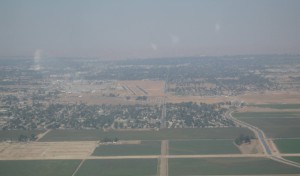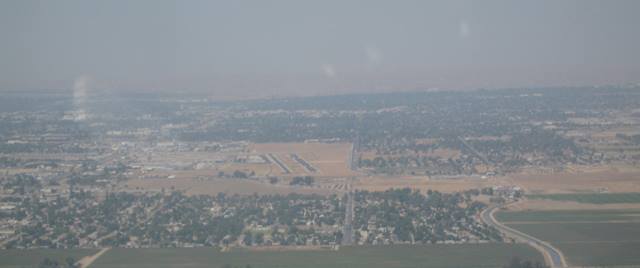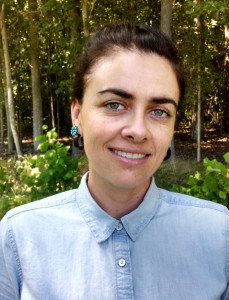
Air quality in California’s San Joaquin Valley has long ranked as one of the worst in the nation but NOx emission controls are improving the situation.
Air quality in California’s San Joaquin Valley, which for years has been ranked as one of the worst in the United States has improved over the past decade and looks to improve even more in the future. Speaking at the national meeting of the American Chemical Society (ACS) in San Francisco, chemist Sally Pusede described how efforts to reduce nitrogen oxide (NOx) emissions have dramatically improved air quality in the valley over the past decade and should be even more effective over the next ten years. Pusede is an alumna of the research group of Ronald Cohen, a faculty scientist with the Lawrence Berkeley National Laboratory (Berkeley Lab) and the University of California (UC) Berkeley.
“Our study showed that NOx reductions in the San Joaquin Valley as the result of implemented controls have dramatically decreased the very large fraction of total aerosol that is ammonium nitrate,” Pusede said. “The good news is that in the next ten years, the additional NOx reductions that are expected from new controls on heavy-duty diesel trucks will halve the frequency of days in the Valley on which the air quality standard is exceeded.”
According to the American Lung Association, the San Joaquin Valley experiences the worst pollution in the U.S. by small particulate matter (PM2.5) – particles of soot, dust, unburned fuel, and matter chemically formed in the atmosphere that are 2.5 micrometers or less in size. While PM2.5 is a wintertime problem, in the summer the San Joaquin Valley is second only to Los Angeles for having the worst ozone pollution levels.
“As a result, extremely poor air quality in the San Joaquin Valley is a year round problem,” Pusede said.
Pusede and Cohen, a leading authority on atmospheric chemistry with Berkeley Lab’s Environmental Energy Technologies Division, examined 15 years of data on NOx and other emissions, and their chemical products in three key San Joaquin Valley cities – Fresno, Visalia and Bakersfield.
“NOx abundances have fallen steadily over the last fifteen years and patterns in anthropogenic sources result in two-fold lower NOx emissions on weekends than weekdays largely without co-occurring changes in other emissions,” Pusede said. “These trends taken together provide a useful constraint on the NOx dependence of the driving chemical mechanisms of both ozone and aerosol.”
Pusede and Cohen used this NOx constraint to interpret trends in wintertime PM2.5 over the last decade in San Joaquin Valley where a large portion of the total aerosol mass is ammonium nitrate. They also looked at the impact on the formation of ozone, which is a product of nitrogen oxide chemistry.
“We found that the NOx controls that have reduced PM2.5 levels are also poised to be incredibly effective at decreasing the frequency of days with high ozone in the region,” Pusede said.
Added Cohen in commenting on the research, “The bottom line is that air quality in the San Joaquin valley is substantially better as a result of NOx reductions and we predict it will get better still as new regulations take effect.”
Additional Information
For more about the research of Ronald Cohen go here
For more about Berkeley Lab’s Environmental Energy Technologies Division go here

